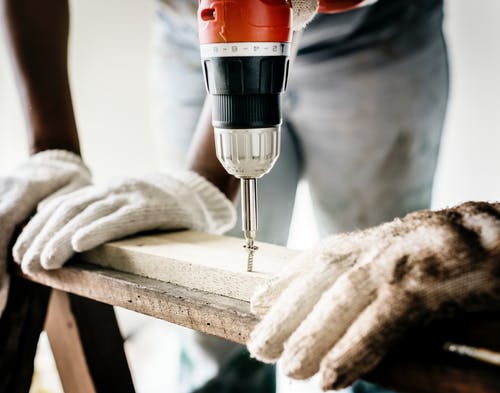A fire’s aftermath can be disastrous. The cleaning process is time-consuming, even if you were privileged not to lose your entire home in the fire. Comprehensive clean-up is needed to stay clear of recurring toxins from soot and smoke damage and to guarantee your home is safe to live in. It is simple to disregard an essential step in the fire clean-up procedure when so many factors are at play.
What are the Affected House Areas After a Fire?
Whether high-pressure fire hoses were required to extinguish the blaze or you were fortunate enough to merely require your less damaging home sprinkler system, your home has almost certainly sustained significant water damage due to the fire. A fire has damaged the kitchen area. The amount and types of water damage caused by a fire determine where water was required to put out the fires. Your entire home should be examined for fire and water damage.
The worst effects in areas with the worst fire damage are as follows.
Drywall
Fire and water damage removal may not suffice when it comes to drywall. If the damage is serious, it should be eliminated and replaced. You should talk to a fire and water damage restoration professional like Property Damage Restoration in Downtown Miami, FL to determine which pieces of your drywall can be dried and kept and which must be discarded and replaced. Drywall soaks up water and can become a place for mold to grow, so you need to get their advice.
Flooring
If not attended to promptly, water causes significant damage to flooring ranging from wood to carpet. The quicker you solve the issue, the better because wood floors absorb water quickly and can deform. The combination of soot, smoke, and water will cause too much damage to your carpets and carpets, requiring their removal and replacement. Floorboards ought to be looked for water damage and replaced as required. Click here for more information about water and fire restoration.
Ceilings
Because of the potential effect on the structural integrity of your home, ceilings are an area of special concern when it comes to water damage after a fire. Suppose you see any drooping or massive bubbles in your ceiling. In that case, water may be trapped above, causing your ceiling to collapse. Because of the fire damage, indications of ceiling water damage, such as water spots, will be more difficult to detect.
Your fire and water damage recovery staff must evaluate your ceilings completely to confirm they are dry and structurally sound. Learn more info about Downtown Miami PuroClean for other water and fire damage services.
Permeable Belongings
The checklist of your belongings that may have been harmed by water may go on and on. Many will be identical, with soot and smoke damage. Damage is more likely to happen in more porous materials. For example, a wood table will absorb much more than a steel table. The same may be said for textiles and literature.
As a summary
Some people believe restoring their fire or water-damaged properties is a do-it-yourself task. If the damage isn’t small, you should hire a professional fire and water restoration service. Reducing the damage, repairing broken items, and utilizing the best remediation procedures and strategies you might not be aware of will ultimately save you money.

